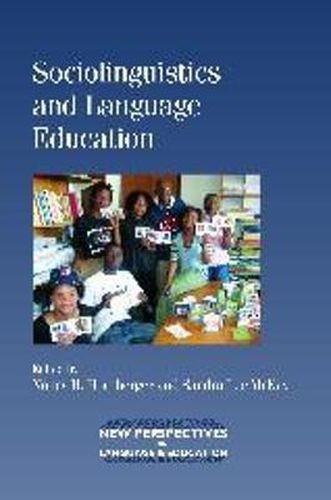Readings Newsletter
Become a Readings Member to make your shopping experience even easier.
Sign in or sign up for free!
You’re not far away from qualifying for FREE standard shipping within Australia
You’ve qualified for FREE standard shipping within Australia
The cart is loading…






This book, addressed to experienced and novice language educators, provides an up-to-date overview of sociolinguistics, reflecting changes in the global situation and the continuing evolution of the field and its relevance to language education around the world. Topics covered include nationalism and popular culture, style and identity, creole languages, critical language awareness, gender and ethnicity, multimodal literacies, classroom discourse, and ideologies and power. Whether considering the role of English as an international language or innovative initiatives in Indigenous language revitalization, in every context of the world sociolinguistic perspectives highlight the fluid and flexible use of language in communities and classrooms, and the importance of teacher practices that open up spaces of awareness and acceptance of –and access to–the widest possible communicative repertoire for students.
$9.00 standard shipping within Australia
FREE standard shipping within Australia for orders over $100.00
Express & International shipping calculated at checkout
This book, addressed to experienced and novice language educators, provides an up-to-date overview of sociolinguistics, reflecting changes in the global situation and the continuing evolution of the field and its relevance to language education around the world. Topics covered include nationalism and popular culture, style and identity, creole languages, critical language awareness, gender and ethnicity, multimodal literacies, classroom discourse, and ideologies and power. Whether considering the role of English as an international language or innovative initiatives in Indigenous language revitalization, in every context of the world sociolinguistic perspectives highlight the fluid and flexible use of language in communities and classrooms, and the importance of teacher practices that open up spaces of awareness and acceptance of –and access to–the widest possible communicative repertoire for students.